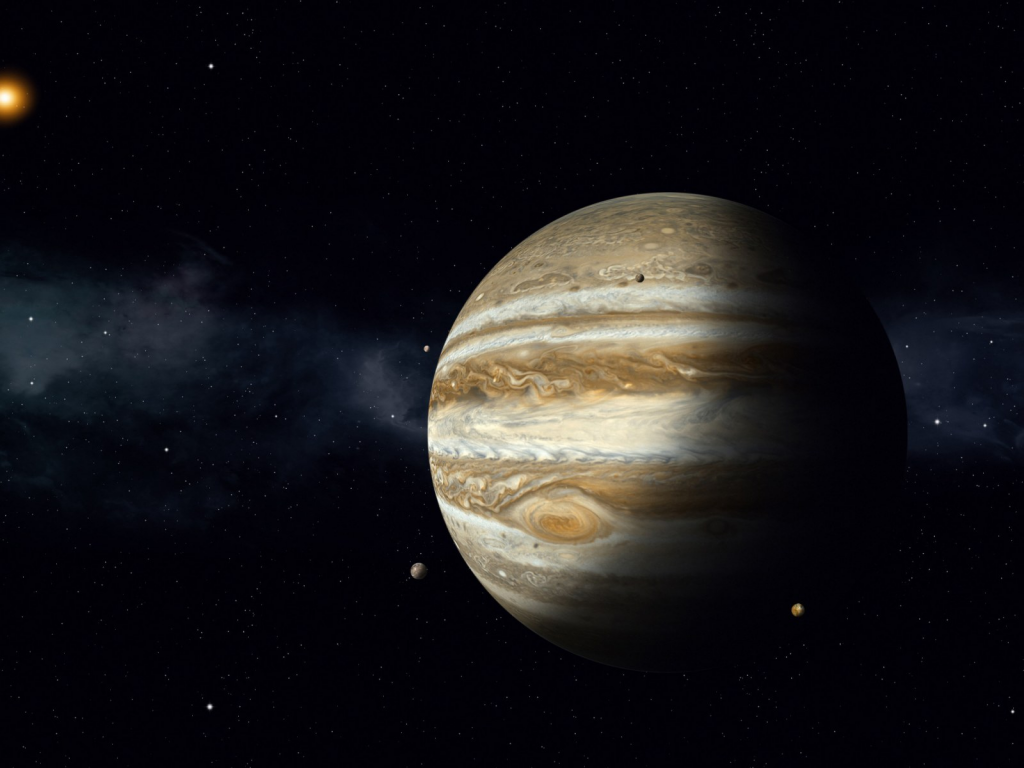Stargazers around the world had their telescopes pointed towards the heavens in late August as they witnessed a rare cosmic spectacle – a space rock colliding with Jupiter, our solar system’s largest planet. This celestial event unfolded as a brilliant flash of light that was captured by Earth-based telescopes, leaving astronomers and space enthusiasts in awe.
The Japan-based network of telescopes, consisting primarily of the Organized Autotelescopes for Serendipitous Event Survey (OASES) and the Planetary Observation Camera for Optical Transient Surveys (PONCOTS), played a pivotal role in successfully detecting this remarkable impact. Remarkably, an amateur astronomer operating under the alias “MASA Planetary Log” on the X social networking platform (formerly known as Twitter) managed to capture the momentous collision on video. The event was timestamped at August 28, 12:45 p.m. Eastern Time (1:45 a.m. local Japan time on August 29). Multiple amateur astronomers on X corroborated the sighting, all describing a brilliant flash, likely caused by a small comet or asteroid.

Despite this remarkable observation, much remains unknown about the space rock. Further investigation is required to determine its exact size, origin, and whether it belonged to our solar system or not.
Jupiter, due to its colossal size and gravitational pull, frequently attracts stray comets and asteroids. Its gravitational influence extends into the asteroid belt between the orbits of Mars and Jupiter, altering the trajectories of asteroids and increasing the chances of collisions. Some experts even suggest that Jupiter acts as a protective shield for Earth, redirecting or absorbing these wandering space objects that could otherwise pose a threat to our planet and other inner planets.
Astronomers estimate that Jupiter experiences impacts from space rocks roughly 12 to 60 times each year, but capturing these events as they happen is challenging. The most recent documented impact before this one occurred in September 2021, and one of the most memorable impacts in history was the 1994 collision with fragments of the Shoemaker-Levy 9 comet. This event was a stark reminder of Jupiter’s crucial role in our solar system, as it absorbed the impact with the force equivalent to 300 million atomic bombs.

The Shoemaker-Levy 9 comet was the first to be seen orbiting a planet instead of the Sun, and it was found in 1993 by astronomers Carolyn and Eugene M. Shoemaker and David Levy. Eventually, Jupiter’s powerful gravity tore it apart, resulting in the stunning collision in 1994 that was painstakingly captured by the Hubble Space Telescope.
Such collisions serve as humbling reminders of the dynamic and ever-changing character of our universe in the vastness of the cosmos, where even the mightiest of planets can become targets for cosmic visitors.


